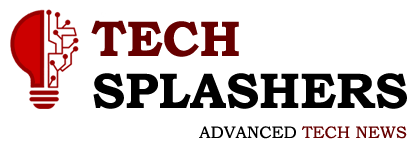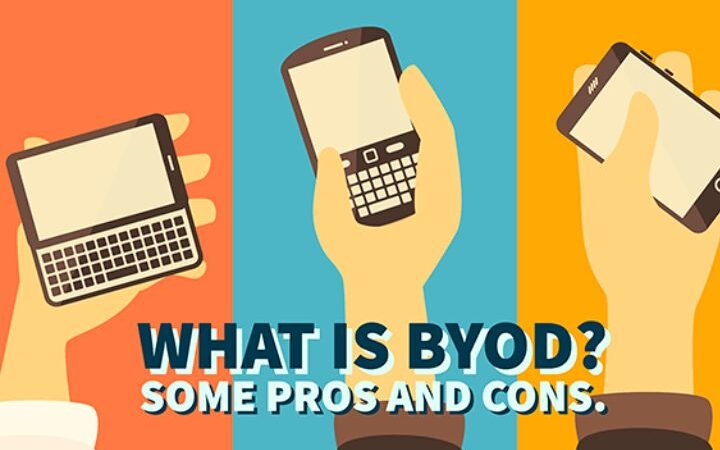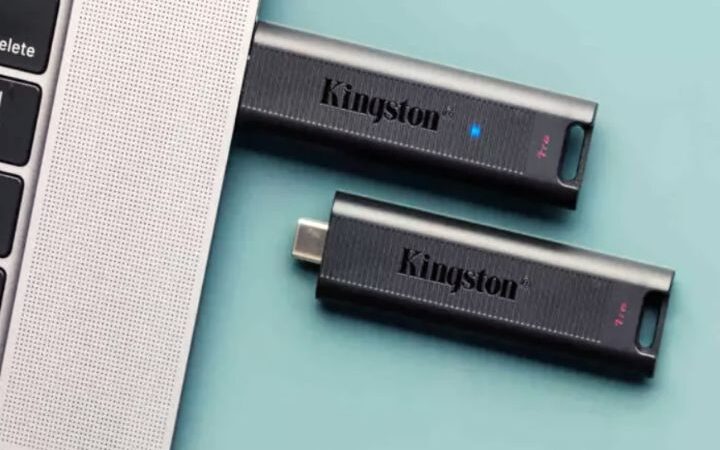What Is The Internet Of Things And How Does It Work

This May 17 is the day of the Internet. An initiative proposed since 2005 by the Association of Internet users and the Internet Society, who proposed to the UN that Internet Day be declared in order to spread new developments and discuss the social issues involved in this tool.
Taking advantage of this, we decided to make a special post about the Internet, its history, and evolution to this day. An account of the latest applications and trends that continue to revolutionize the way we see the world. We will also talk about his new concept: the Internet of things.
Table of Contents
What Is The Internet
When we talk about the internet, we instantly think of the word connection; and it is that it would be difficult to find a more suitable characteristic to relate to the internet.
The origin of the word comes from the English term Interconnected Networks, which in Spanish means interconnected networks. In its truest meaning, we can describe it as a large network of computers that are connected globally.
But do you know the history of the Internet? Being connected is a reality that is possible today thanks to JCR Licklider in 1962; who conceived it as a “Galactic Network” that would connect a group of computers to share data regardless of physical location.
It took 3 years to achieve the successful connection of two computers between California and Massachusetts through a phone line. And after a few more years, the ARPANET military project was created, which aimed to connect more and more connected networks.
As the internet (or network connection) grew, the infrastructure had to grow to support and guarantee its operation. For this reason, the creation of the Domain Name System (DNS) was necessary.
By the 1990s, the Internet became widespread; It went from being an exclusive research tool and came to homes to change our habits. Remember when you had to use the phone line to connect to the internet?
From that moment on, the world quickly began a technological revolution; in which connectivity and access to information have marked the history of humanity forever. Smart devices, new ways of socializing and learning, nanotechnology, 3D printers, artificial intelligence, and many other advances that will continue to mark future generations.
You may also be interested: How Will The Internet Of things Impact Businesses
Evolution Of The Internet And How It Is Part Of Our Life
Today the internet ceased to be a means of communication to become an indispensable item for our lives. To give an example, we can think of the world of work; We need the internet to work, to exchange emails, video conferences, bank transactions and even to print documents. In our daily routine, it is no longer enough to have wifi at home; there are connection networks in the streets, museums, and restaurants. Areas such as health and education have been developed thanks to the use of the internet.
However, it is important to remember that not everyone has access to this tool. According to the, We Are Social report for 2018, about 53% of the world population has internet access. Although the trend of this figure is to grow year after year, there is still a large development gap among the countries that have less internet access. In Mexico, for example, 65% of the population has internet access, a number above the average, quite good if we compare with Nigeria or Eritrea that have between 1 and 5%.
Considering the landscape of internet access in the world, great technology leaders like Elon Musk and Marck Zuckerberg are striving so that we can all connect to the internet. With initiatives like Starlink, a network of more than 4 thousand satellites that, it is hoped, will provide broadband internet for everyone.
The Internet has become so indispensable in our lives that it is sometimes difficult to understand how the world worked before its existence. It’s not a big deal; the internet was a luxury that quickly democratized access to information. It went from being a comfort to a necessity.
All the technological advances developed in recent years have been possible thanks to the invention of the internet. Connected smart objects or the Internet of Things is the latest trend, which we’ll talk about next.
What Is The Internet Of Things
Internet of Things is a translation of the English expression Internet of Things (IoT), which describes a scenario in which various things are connected and communicate. This technological innovation aims to connect the items we use daily to the internet, with the aim of bringing the physical world closer to the digital world.
The term was born in 1999 when Kevin Ashton of the Massachusetts Institute of Technology (MIT) wrote the article “The Things of the Internet of Things.” For him, the lack of time of people generates the need to connect to the internet in new ways. These allow the creation of devices that execute tasks that we do not need to do. These devices converse by means of different protocols within the same network, accompany our activities, store information, and, from there, help us on a day-to-day basis.
When we talk about “things”, we mean anything. really! We are already used to using the internet with smartphones, computers, Smart TVs, and video games, but in this context, the idea is not to have one more means to connect to the internet itself but to make the devices more efficient. In addition to contributing to optimize natural resources, for health and other endless opportunities.
How IoT works
In a simple way, the Internet of Things deals with objects connected to each other through the network. These exchange information to facilitate or create various actions. For something like this to happen there are a set of three factors that need to be combined for an application to work within the concept of the Internet of Things. These are devices, the network, and a control system.
The Devices:
They are all those that we already know, such as refrigerators, cars, lamps, clocks, coffee machines, television, and others. In these devices, it is important that they are equipped with the correct items to provide communication with the other elements. Those limits can be chips, internet connection, sensors, antennas, among others.
The Network:
It is the means of communication and we are already used to it. Well, they are technologies such as Wi-Fi, Bluetooth, and mobile data (3G and 4G).
The Control System:
It is necessary for all the data captured from the devices over the network to be processed, so they are sent to a system that controls every aspect and makes new connections.
To simplify, imagine your house. Now think of all the things you have in your kitchen, like the refrigerator. In that scenario, the refrigerator could warn you when food runs out, you can do research and find markets with the best prices to buy a certain product. I could also suggest different food recipes with the things that are available inside the refrigerator.
And now, thinking further, about connectivity; Imagine your alarm clock ringing in the morning, and send a message for the coffee maker to start brewing coffee and notifying the curtains to open slowly. Does it seem too futuristic? Objects connected to each other (the alarm clock and the coffee maker), which exchange information (time to wake up and make coffee) to create an action (coffee ready without worries).
IoT Applications
A major initiative that is emerging these days is Smart Cities. The latter are cities equipped with integrated networks to guarantee the functioning of a city in general. As an example of these cities we can speak of Tokyo and London; where, the concept of interconnection is applied to traffic lights, surveillance cameras, public transport systems, etc.
Smart home projects are just some of the applications that the IoT can have. You can apply them wherever you want, as all this is possible through devices that communicate with each other through the Internet.
It may seem that this Internet of Things concept is only linked to large companies and even public bodies. However, you can also see and take advantage of it as a business trend. Here we will give you some examples:
Small Business:
The Internet of Things can be applied to a store or warehouse, where you are instantly informed when an item is sold, and the stock of your merchandise is updated through a sensor. Or a car park, where you know exactly where the car is, and how long it has been parked.
Health:
In the health field, different systems are being developed to manage the administration of medications; in order to accompany the state of physical activity, heart rate, etc.
Agricultural:
Also in the agricultural sector, we can use IoT. Currently, there are systems with sensors that send notifications about the state of the crops, weather conditions, and pest control.
IoT is not a distant reality today; We do not need to watch television series to know that it is part of our routine and our lifestyle. There are many uses and resources that we can optimize with this trend. And you? Do you have smart devices connected?






